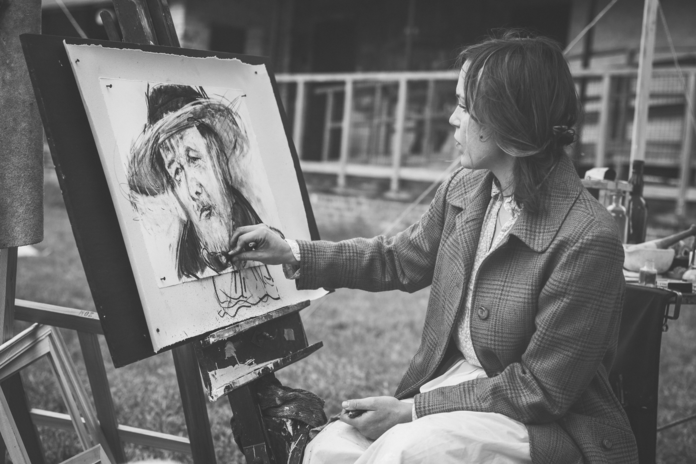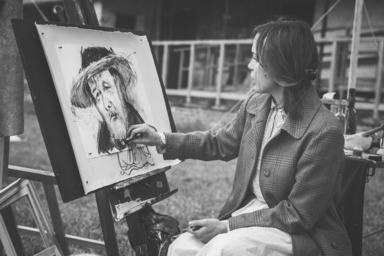So many of our pastimes seem to revolve around screens. And this is an incredible thing! The technology we have helps us achieve amazing feats. However, there are some days when your eyes hurt, and you’re bored, and you just want something tangible to do. Consider this a formal invitation to try something new this springtime, regardless of how “good” you think you’ll be at a new hobby!
My suggestion is to try your hand (literally) at traditional animation. You don’t have to have any experience, and all you need is some paper and a pencil. It’s just about experimenting with art, and the joy of being able to say you created something. Here I’ll share my way of doing it!
1: Get Inspired
When I first got interested in animation, great pieces of animation were what most kept me motivated. I adore Glen Keane (of Disney)’s “Duet” and “Nephtali.” The new Pixar short “Kitbull” is also incredible (and incredibly cute), as is The Bear and the Hare (a mix of stop-motion and traditional animation). Lastly, the Short-Short Films by students from The Animation Workshop, a school in Denmark, are full of inspiration.
2: Make a Homemade Pegboard
This is optional, but it helps keep the pages/frames in place on top of each other. First, hole-punch a stack of paper so that the holes on the sheets line up with each other.
Then, create your pegboard. I made mine from a strip of cardboard. Place your stack of paper on it, then puncture through the holes and into the cardboard with thumbtacks or paper fasteners/brads. I secured my thumbtacks by sliding pencil erasers onto the pointy back ends.
3: Use Your Phone or Computer as a Tracing Surface
A big part of animation is looking at the previous frame and drawing the next frame in relation to it. For this, an illuminated surface helps give paper transparency.
For your phone: Go to Settings>General>Accessibility>Guided Access:On. Search up a blank white image, turn your brightness all the way up, and tap your home button three times to stay on that image. Now you can use your phone screen as a tracing surface! Triple-click again and tap “End” or “Resume” to start or end a frozen screen session.
For your computer: just fill your screen with a white image, turn the brightness up, and use the screen as a tracing surface!
4: Get Drawing!
This step is the fun part, so don’t be afraid to get creative! Starting with the bottom sheet of paper, draw the object or character you’d like to animate.You could also draw a background/setting on this page and trace it forward onto all subsequent frames. Either way, work your way up the stack, adding incremental changes in each frame to carry out the action.
A possible option is to draw “key-frames” first, meaning you draw out the major stages of the movement. Then, go back and add “in-betweens,” capturing the frame in between those stages and using both the preceding and following frame as references. Even if you don’t go this route, adding a frame in between others can be a great way to fix a choppy-looking part of the animation!
If you run out of paper, simply place your top page on the bottom of a new stack of paper, hole-punch this stack as a group, and align it on the pegboard.
5. Scan the Images, if You’d Like
It can be hard to keep the frames aligned if you just take photos of them. One easy way to get a digital version of each frame is to scan them. Luckily, there’s a scanner in Clark Library at our disposal! All you have to do is group-scan the images using one of the machines in the library. Because the scan will register only the bounds of the page, all your frames will be the same proportions, as if they were still on paper.
I put all my frames into an iMovie project, turn off any effects, make each frame between .1 and .5 seconds long, and then export as a video. To make a faster animation, you could even re-insert the video as a clip into a new iMovie doc and play around with the speeding-up tools. Alternatively, there are many sites that will transform separate frames into a GIF!
No matter what you do with your animation, the process is incredibly rewarding and relaxing. Put on some music or a show, sharpen your pencil, and get started!
Here’s an animation of a curtsying princess I did :)

